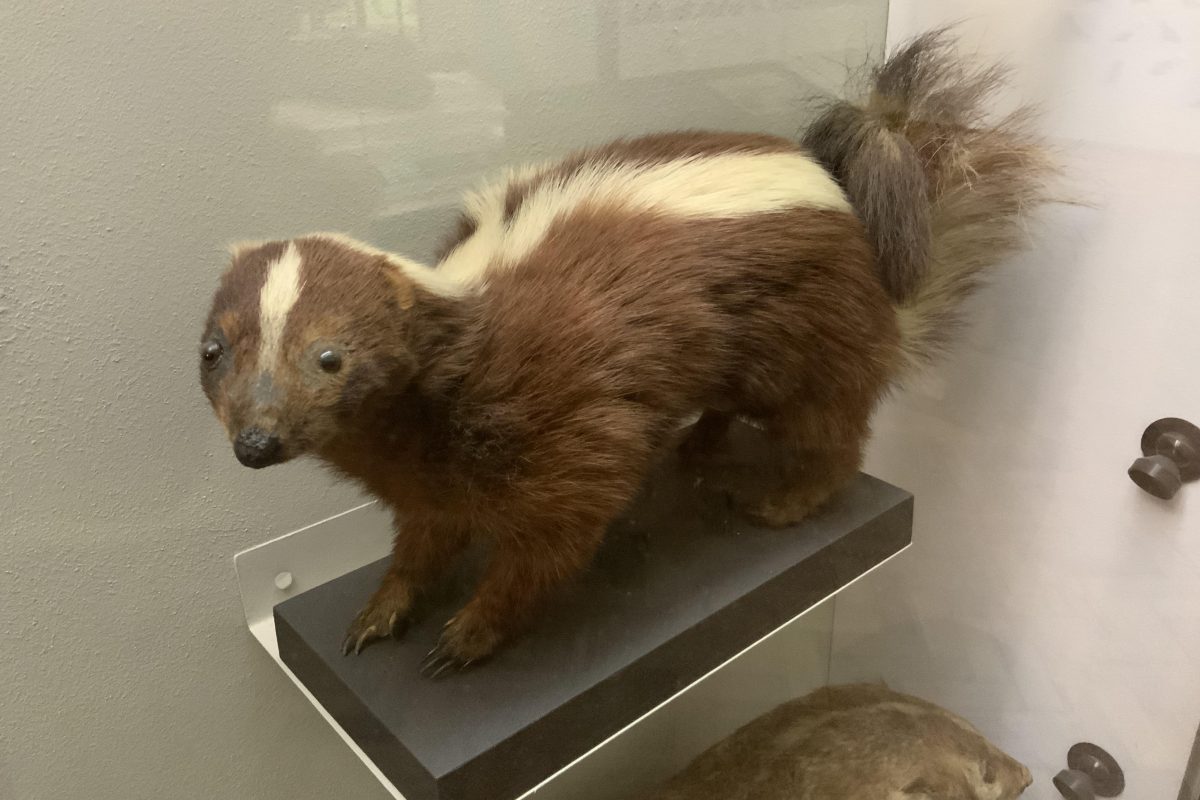My name’s Patrick and I’m a recently inducted Digitisation Volunteer at the Horniman’s Study Collections Centre (SCC). I’ve been working on making digital copies of fragile photographs from Beryl de Zoete’s early 20th century journey through traditional Balinese culture and dance.
Digitising collections promises to not only perpetually preserve them, but also to make them more accessible to the general public than ever before. But that’s not what I’m here to talk about today. I want to share with you my own journey into the cave of wonders that is the Horniman’s archive, both physical and digital!
Horns, horns and the Horniman
As I walk in the overcast rain up to the SCC’s drab exterior, the bare brick walls and boarded windows make me second guess my map reading skills. But, sure enough I’m buzzed through the gates and am soon greeted with a cheery smile. I’m led to the break room and am met with colourful coffee mugs and kind souls that welcome me with open arms.
It would take a lifetime to examine each and every object kept here, but I’ve also been tasked with writing a blog post about something I’ve found in the collection.
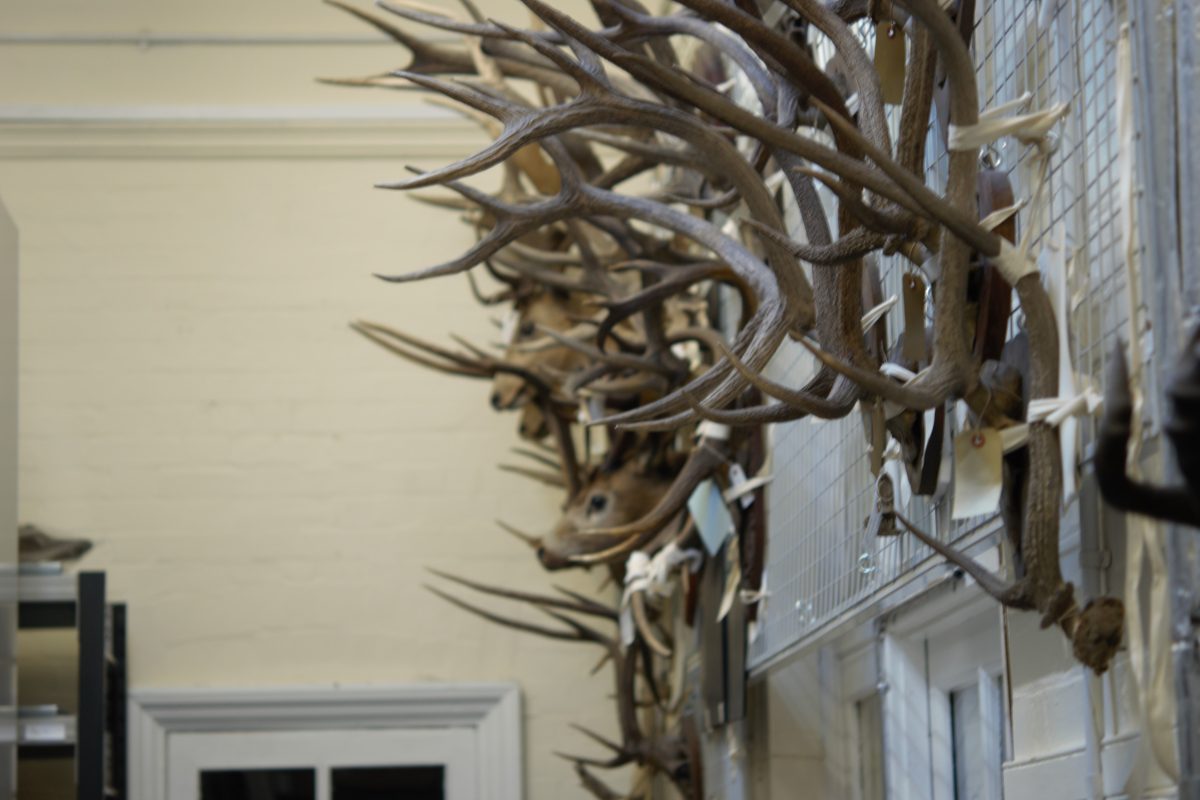
Marvellous mimsy and the cave of wonders
Enter Mimsy, the museum at my fingertips. This (not so) simple software contains the digital catalogue of the entire Horniman collection. Every file, folder and film reel, every piano, parka and stuffed parakeet has an entry. As easily as one could get lost in these virtual vaults, I’ve been instructed to limit my scope to papers and photos that can be found in the Archive Container.
Even having narrowed my search, my eye is caught time and time again by promises of photographic wonders from around the world: Ecuadorian ethno-botany, Ghanaian kente cloth, Japanese agriculture, Javanese toy instruments, Romanian folk costume…
I navigate to the objects associated with the museum’s own records and history and I come to ‘ARC/HMG/PB/’. That is, ARChive objects associated with the Horniman Museum and Garden itself, more specifically its PuBlications.
In here I find handbooks and guides from throughout the Horniman’s hundred-year history. A Handbook to the Cases Illustrating the Defences of Animals, 1926, that sounds like my style.
Brilliantly, the handbook is digitised, that means I don’t need to go to the Archive Container itself to have a peruse. In fact, neither do you! You can look at some highlights on the Collections site. Let’s have a look together, shall we?
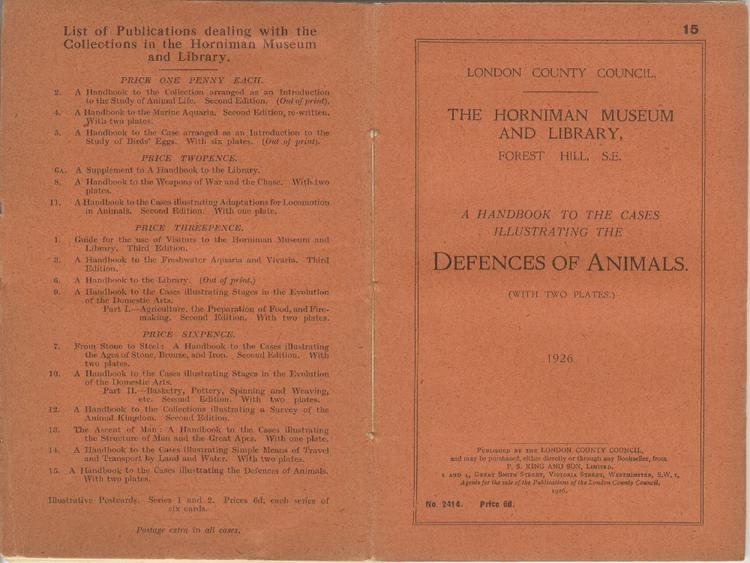
A Handbook to the Cases Illustrating the Defences of Animals, 1926
Archive
Every animal needs the means of defence!
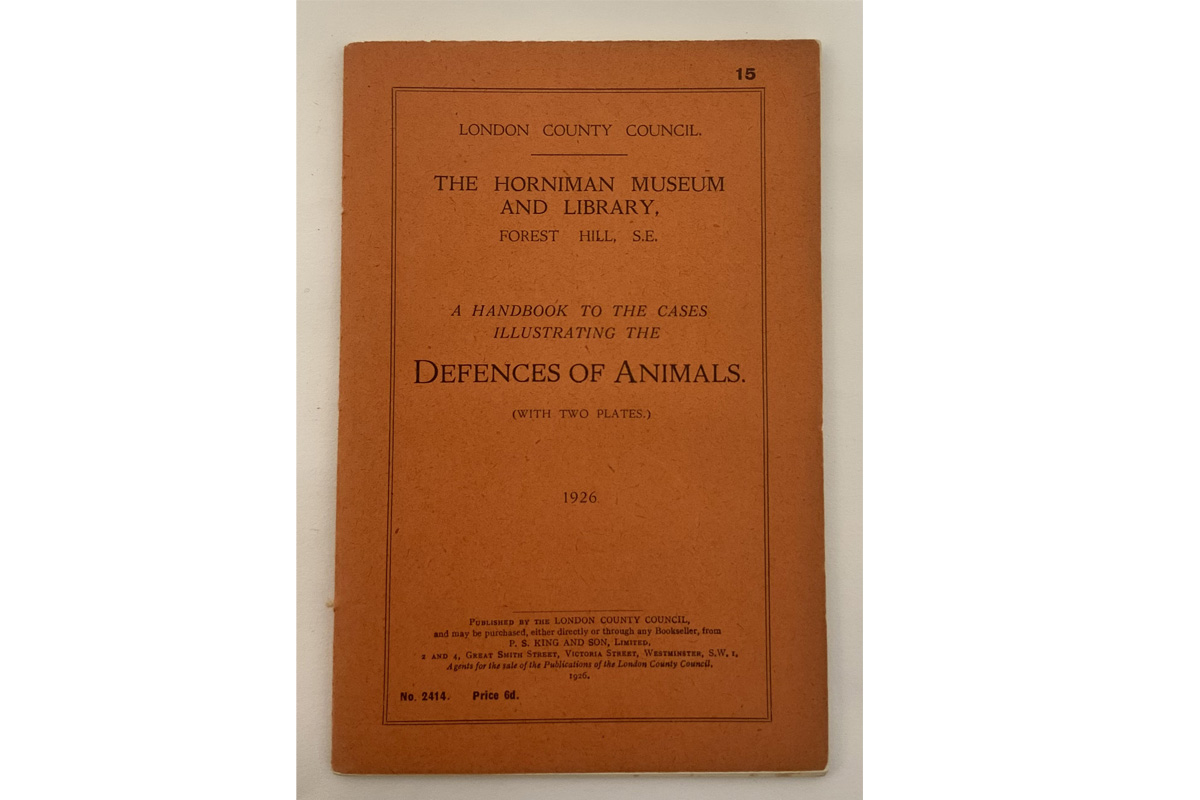
This museum guidebook, published in 1926, would set you back a pretty 6d. That is, sixpence – about a pound in today’s money. Worth the price considering you get two whole plates with your booklet! Well, actually these two ‘plates’ aren’t commemorative crockery, a ‘plate’ is an old word for a page with photographs on it.
These guidebooks were designed to guide adult museum-goers through the displays at the museum and complement them with extra information and context. Let’s see what we can learn.
Explaining evolution
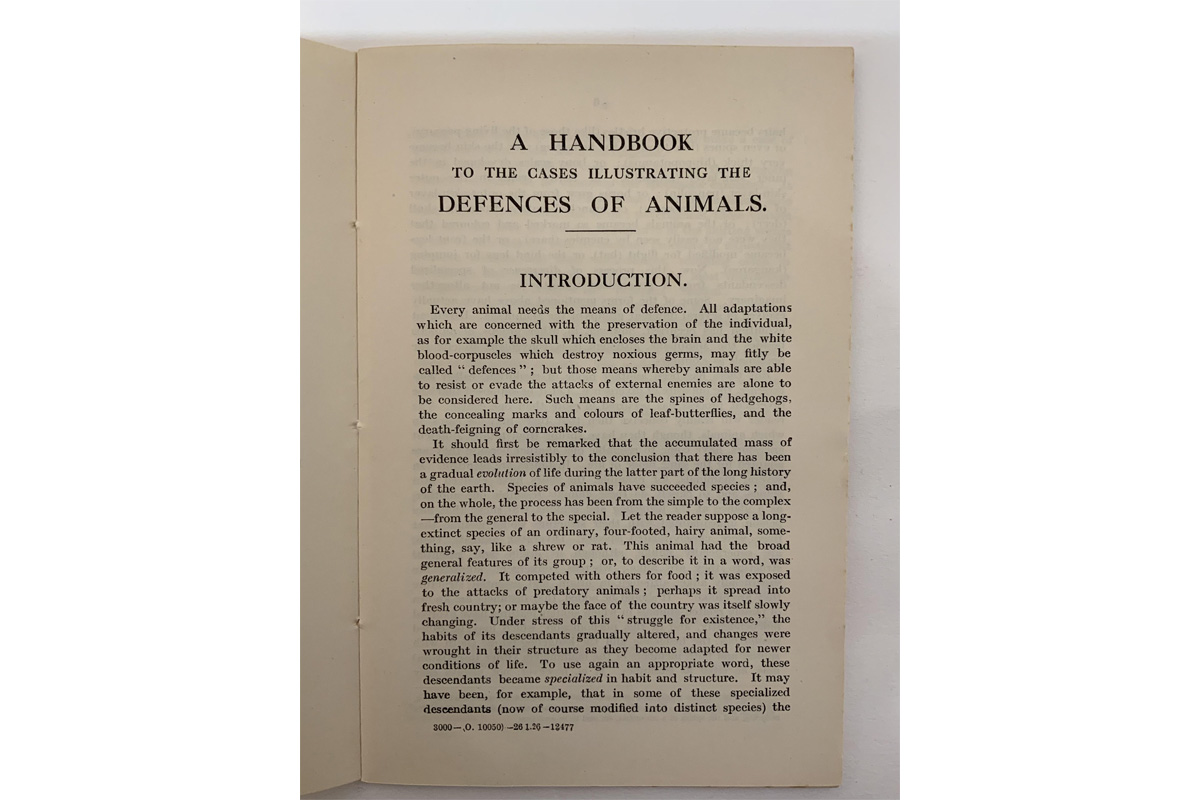
Beginning at the beginning, it might seem strange to us that the first couple of pages are used to justify as well as explain the concept of evolution. It’s worth pointing out that at the time ideas of animal ‘evolution’ had only been around for about 100 years. Charles Darwin’s ‘On the Origin of Species’, published in 1859, was released only 67 years prior – within living memory for older visitors.
Darwin’s idea of long-term evolution itself was readily accepted within science, but his mechanism of evolution, natural selection, was only just being explored by the scientists of the 1920s. It wouldn’t be until the 1940s that natural selection would be fully and widely accepted. In 1926 it wouldn’t have been taken for granted that an average person would know either the details of the theory of evolution or that it had been accepted as general scientific fact.
Amazing adaptations
The guidebook details the defensive structures, colourations and habits of all kinds of creatures, from protozoa to primates. These defences include ‘shocking-with-electricity (electric skate) … to ‘grotesquely-attitudinizing (the caterpillar of the lobster-moth)’.
To translate that, we would call the ‘skate’ a ‘ray’ nowadays, and ‘grotesquely-attitudinizing’ means ‘making itself unappetising with its ugly shape’. Let’s pick some particularly inspiring examples from each section.
Defensive structures: Moloch horridus
Also known as the Thorny Devil, this remarkable lizard lives in central Australia and carries a number of intriguing adaptations. The first of these adaptations that the handbook shares is that their ‘scales have projections which … merit the name of spines’ to ward off foes.
They also have a fake head on their neck to trick predators, and we’ve since discovered that when dew drops form on their skin the water flows through grooves in their scales straight to their mouths!
Photogenic as it is, it comes as no surprise that it is a poster child for the Horniman’s contemporary educational material.
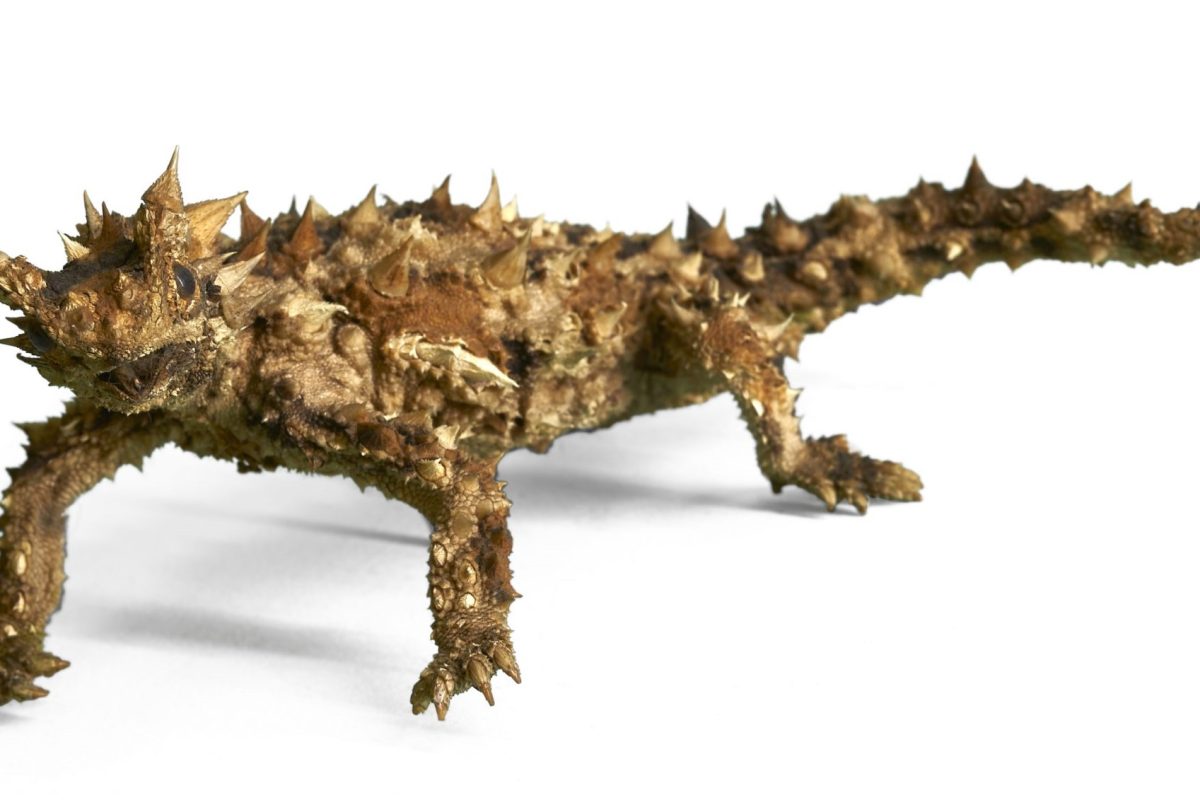
Defensive habits: the yellow-bellied pangolin
So called for its colouration rather than as a comment on its bravery, this armoured ant-eating mammal is actually more closely related to cats and dogs than it is to armadillos or anteaters.
Our handbook lets us know that they roll up into a ball to defend themselves and that when one does;
such is [its] muscular strength … that it resists every attempt to force it open'
Pangolins have even been filmed defeating lions with that handy trick.
Defensive colourations: the white-backed skunk
About our final creature our guidebook shares;
It is to be remarked that warningly coloured animals have as a rule some dangerous weapon or unpleasant quality, like… the odious discharge of the skunk.
That is to say, the skunk’s pattern of white stripes on black fur has evolved to be as recognisable as possible, to warn us from messing with them lest they unleash their famous stink upon us.
The guidebook further quotes Charles Darwin himself;
‘Conscious of its power, it roams by day… and fears neither dog nor man’ and ‘Whatever is once polluted by it, is for ever useless.’
